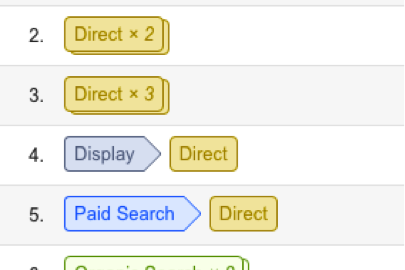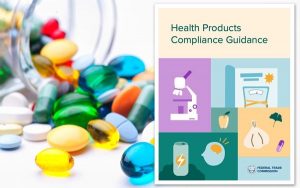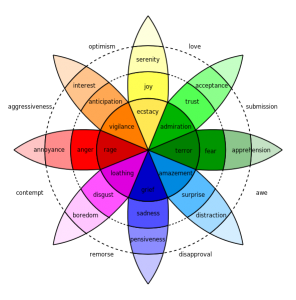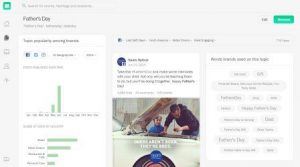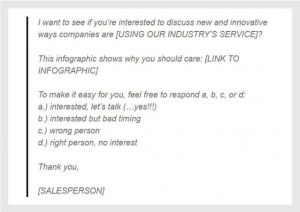The 3 main questions a digital marketer is asked by their VP or CMO are as follows (and most of the time, in this order):
- How can we get more conversions?
- Which channel is driving the most efficient (and qualified) conversions?
- How much more can you spend in this channel while staying at the same CPA?
As digital managers/directors, we want to answer these questions spot on, and tell our bosses that we can spend more money while continuing to hit our CPA goals. If we could just push more money into social, search, or display advertising, while keeping the same CPA, we would. In. A. Heartbeat.
The problem with this line of questioning and answering is that it looks at your digital marketing mix in a silo. And in almost no scenario is a digital marketer leaving conversions on the table for no reason. We grab as many as we can within our budget and target CPA. That is the ultimate goal of our daily/weekly/monthly optimizations.
Getting incremental conversions – either through form downloads, cart checkout, account sign ups, customer calls, email submission, etc. – while still hitting your target CPA (or a slightly increased CPA) forces digital marketers to look at their marketing mix in its entirety. Both online and offline channels are touch points for consumers on their path to becoming a lead. And the average number of touch points along your customer’s path to conversion will likely depend on the type of conversion.
If you manage your digital marketing on a last-click conversion model, then you are missing the channels that introduce your brand, but if you manage on a first-click conversion model, then you miss out on the closer. Either way, you can’t just feed unlimited budget into one channel and expect efficient scale.
So, before you accept that incremental budget and run with it, think about a holistic plan on where to spend it.
Here are 5 thought processes you should consider while determining where to spend that incremental budget to grow your lead base.
1. Discover your customer’s most frequented journey and review the touch points along that path.
Utilize Google Analytics’ pre-populated multi-channel funnel and attribution tools. The free version allows you to see click path to conversion and which channels were touch points on the way to conversion.
Don’t forget to also track phone calls as a conversion or path to conversion. You want to encompass as many touch points that the customer has with your brand.

2. Understand what is feeding the top of the funnel.
Track the customer journey from the beginning. Where is their first touch? How did they hear about the brand? You want to feed those channels as they are sparking initial engagement. This does not mean give full attribution to those channels because while they sparked the interest, they didn’t necessarily close the deal.
TIP: Monitor the quality of these first interactions by using messaging as a qualifier. You don’t want to be paying for a lot of engagement that doesn’t move the customer onto the next step.
3. Know your closers.
Every funnel has an average time to completion. Depending on the type of conversion, some funnels have a 1-day completion cycle while others have upwards of 6 months. The closing touch point is the most fickle and can vary considerably, but know them all and give them the support they need.
4. Slowly test pushing your incremental spend.
This seems like a no brainer, but don’t blow through your budget. Before you start to push spend, consider the conversions that you may not be tracking. Customers are doing research from multiple devices so if you are missing a phone call or in-person touch point, you may not have the right budget allocation mix.
5. Report, refine, and repeat.
Push part of the budget for a defined test period, and during that time, pull daily and weekly reports to keep a pulse check on volume and efficiency. If changes are not yielding the desired success, go back and repeat steps 1-3 again to make sure the team is covering the full customer journey. If missing something, refine and test again.
For more information on how to optimize the customer journey for customer calls, download The Click-to-Call Playbook for Paid Search.
Digital & Social Articles on Business 2 Community(54)
